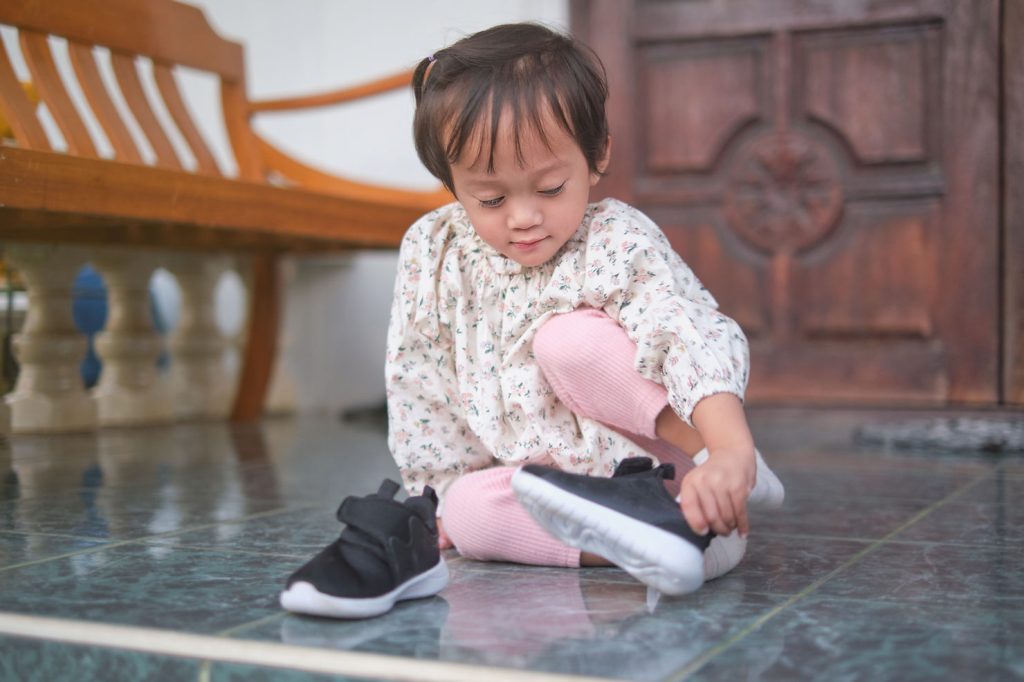
This is the first article in a two-part series. Check back next week for detailed tips and solutions to common problems when introducing an independence routine!
Last week we talked about the importance of independence and ways to bring more into your back to school routine (you can find that post here if you missed it). That post may have left you feeling interested but overwhelmed. How, exactly, do you go about convincing a child to take more responsibility? Today, we’ll explore some practical tips and tricks for making the goal of independence a reality.

Tip One: Start Small
Select one goal, and then break that goal down into steps. Perhaps you want your child to take charge of their own lunch. Step one might be showing your child how to choose one or two snacks to add to their lunch box. Once they’ve shown they can handle that step independently, move onto step two, which might be making their own sandwich. Small, manageable steps make goals achievable.
Tip Two: Provide Support
No one is perfect the first time they try something new! Your child will need practice, and support, before they are able to complete their new routine independently. The trick is providing enough support, but not so much support that your child doesn’t learn. This really is a challenging thing- my recommendation is stepping in if your child becomes frustrated, but don’t do the task for them. Instead, offer to help or do part of it. For example, you might offer to wash out your child’s lunch box if they can carry it to the kitchen themselves.
This is the same strategy you may want to try if your child asks you for help. Look it at as a learning moment and provide support appropriately.
Tip Three: Look for Incentives
Each child is different, so you may have to experiment to see what your child responds to. Children in the first plane of development (ages 0-6 years) are innately motivated to do things for themselves, so often the pride of completing a task is enough. For older children, you may have to get creative. I’m personally not one for reward charts and prizes, but I do feel okay asking a child to complete their ‘necessary’ tasks before engaging in something fun. (In my house, this sounds like- “you can play ten minutes of video games after your backpack is unpacked and your homework is done”)
Tip Four: Use a Timer
One of the biggest barrier to allowing independence on school mornings is time constraints. There is a moment in time when you absolutely have to be walking out the door, or else you risk being late to school (and work). Using a timer (either on your phone or a visual one like this) sets a hard boundary for your child.
If, for example, you’ve tasked your child with dressed in the morning, you could set the timer for fifteen minutes before you need to walk out the door. When the timer goes off and your child isn’t yet dressed, they lose the opportunity to do it themself and you get to step in. The language I like to use is, “We’re out of time. I will help you pick out your clothes and get dressed so we can get to school on time.”
Tip Five: Allow Natural Consequences
Natural consequences are the natural result of actions. For example, a child who doesn’t want to wear a coat to school may be cold/ not able to play outside when it starts raining. I’ve found that natural consequences are often the best way for a child to learn the outcome of their actions, with a few considerations:
And finally, a reminder that change takes time. There will be ups and downs, steps forward and backwards progress. There will be days when you just don’t have time and you do it for your child. The important thing is to keep working to the ultimate goal of independence.